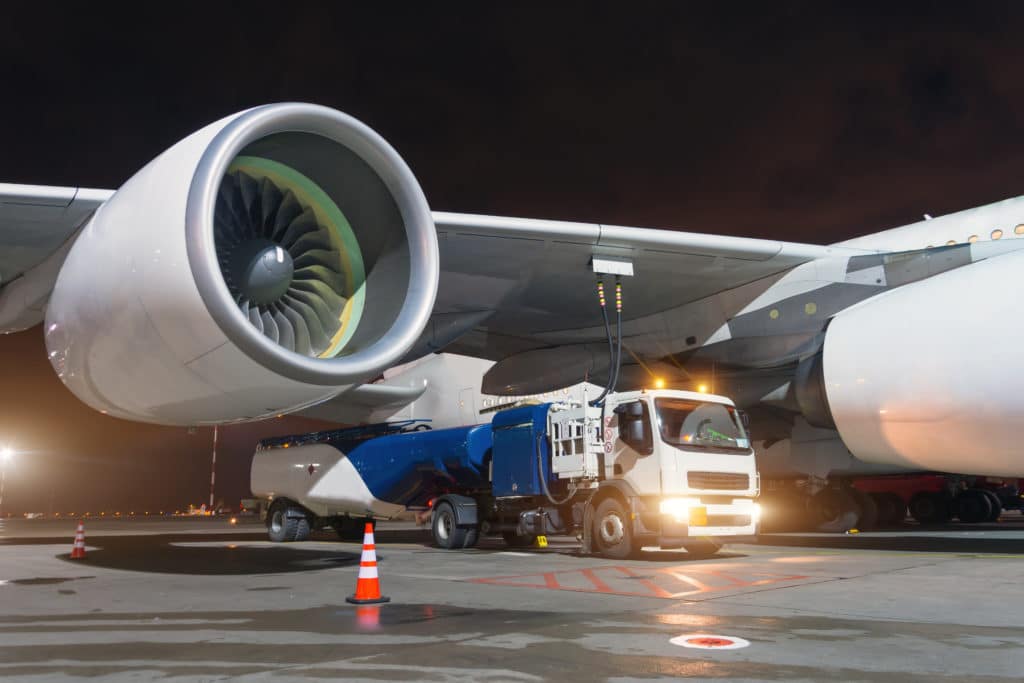On 21st September last year, Airbus unveiled three concepts for the world’s first zero-emission commercial aircraft, which could enter service by 2035 1. While every plane is different in size, design and range, they all use the same primary power source – hydrogen. Airbus, the world’s biggest plane manufacturer in 2019, believes that it “holds exceptional promise as a clean aviation fuel and is likely to be a solution for aerospace and many other industries to meet [their] climate-neutral targets.” What’s more, the French government has committed to pouring €7bn into this up and coming energy source between now and 2030 2.
As it happens, Airbus is not the only one looking into hydrogen. After all, it is the only fuel source aside from kerosene that seems to be suitable for commercial aviation. While Boeing is not convinced of its short-term potential, some smaller companies have been exploring the technology. On 24th September, start-up ZeroAvia performed a trial flight with a hydrogen-fuel-cell-powered, six-seater plane. And Israeli air-taxi developer Urban Aeronautics has been working with Californian start-up HyPoint to create a version of their CityHawk VTOL aircraft that is powered by a hydrogen fuel cell.
There are two ways that hydrogen can be used. First, the conventional method is to burn it in an engine. This technology is already used by the space industry to launch rockets. Second, is to use hydrogen to produce electricity via a fuel cell. However, this technology is still very expensive. In any case, both methods still face some technological hurdles.
Storage problems
The main difficulty comes from fuel storage. “Hydrogen gas is very low in density,” Johnny Deschamps, lecturer and researcher in the Chemistry and Processes Unit at the ENSTA Paris (IP Paris), and an expert in hydrogen storage, notes. “Even when compressed at 350 bars, you still need substantial volumes – a 210 litre-tank for 5kg of hydrogen (or a 125-litre tank at 700 bars).”
The second solution is to store it in liquid form, “but it takes a lot of energy to liquefy hydrogen, as it requires a temperature of minus 253°C. What’s more, cryogenic tank insulation isn’t absolute, so a percentage of the liquid hydrogen will keep evaporating and need to be vented – which is a risky proposition.” Light, durable materials therefore need to be developed for the tanks.

Fuel tanks also have to be cylindrical or spherical. This requires a comprehensive review of the shape of the plane, as current designs store fuel in the wings. With all these limitations, the idea of using hydrogen to power a plane for a long-haul flight with several hundred passengers seems unlikely at present. Instead, companies are looking more at aircraft with a few dozen seats for domestic flights.
Not all that green
Although hydrogen engines give off fewer CO2 emissions, that doesn’t mean that it is squeaky clean. Burning it at high temperatures results in pollution in the form of nitrogen oxides (NOx), and water vapour, which forms contrails and cirrus clouds that are also bad for the climate.
Hydrogen can be produced from water (H2O) using electrolysis, or from hydrocarbons like methane (CH4). Even though electrolysis is a clean process, this technology cannot yet be rolled out on an industrial scale. “We can make hydrogen by electrolysing water, especially when the electricity is being produced in a stable way, such as in a power plant,” Samuel Saysset, lead technical consultant at Engie, says. “But if we want ‘green’ hydrogen made with renewables, which are an intermittent power source, we need to develop new technologies. Plus, ~95% of hydrogen is currently made from petrol, gas or coal, which emits CO2.”
At what price?
There is also the all-important question of cost, which varies depending on the source. Currently, hydrogen made from methane costs €1.5–2 per kilogram, whereas hydrogen made by electrolysis costs four to ten times more. It is one of the reasons for the investment from the French government: a large proposition of the €7bn is aimed at finding solutions to make the price of hydrogen more reasonable.
There are also other costs involved – hydrogen planes would require significant investment for fuel production, transport and storage infrastructure, new aircraft and materials development and, above all, for the heavy tanks. It remains to be seen if a hydrogen-powered plane would be economically viable in the long term.
Nevertheless, the aviation industry seems to be interested in hydrogen, with manufacturers like Airbus, and the French government committing to invest in this area. But we still do not know how the many unanswered questions relating to hydrogen planes will be resolved. Which engine manufacturers will be involved? What will be the engines’ fuel consumption and efficiency? Will they be powered by internal combustion or fuel cells? How will the fuel be stored? Hydrogen has yet to demonstrate that it has a future in aviation.
Private investment in Hydrogen
Indeed, the financial sector is getting behind hydrogen energy for transportation too, receiving support from investors. With over $100 billon assets worldwide investment firm, Ardian, for example say they are committed to sustainable investments in green energy. For them, green hydrogen is an important element of this as it is aligned with European Union climate change targets. Amir Sharifi Managing Director at Ardian says this is because, “hydrogen has similar characteristics to fossil fuels. It can be stored in the form of liquid or gas but can also be produced in a green way via electrolysis.” According to the Hydrogen Council, hydrogen is expected to meet 18% of the world’s energy demand by 2050.








